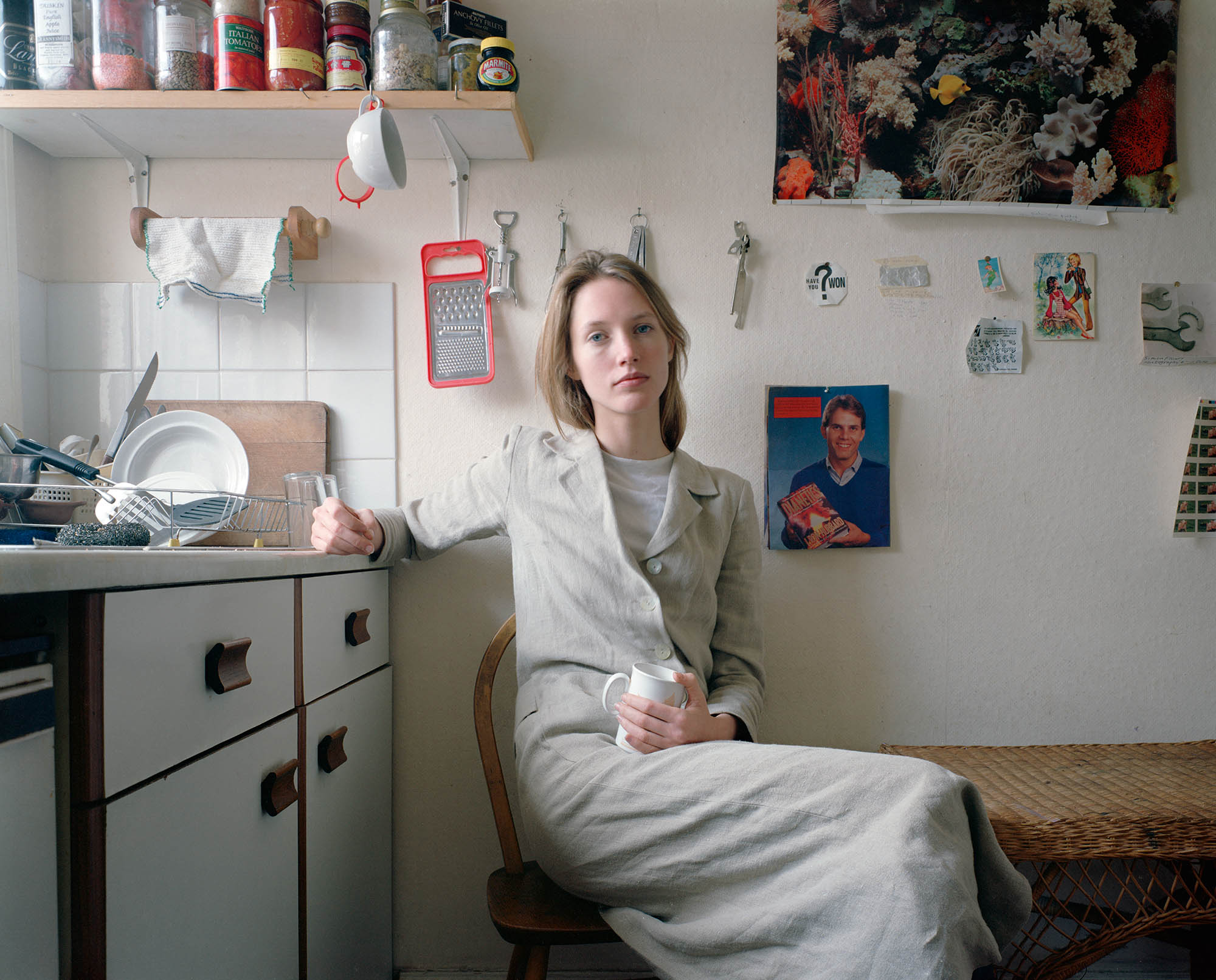
The home kitchen might be an unlikely location for a fashion shoot, but for British photographer Nigel Shafran the line between domesticity and commercial image-making is frequently blurred. Throughout his four-decade career, Shafran has turned his lens on everything from suburban shopping centres to supermarket checkout counters and even his own dad’s office.
These unassuming spaces are unusual subjects for a photographer who has worked primarily in the fashion industry since the mid-1980s. Shafran is part of a wave of photographers and stylists who came to prominence during the 1980s and 1990s in the pages of independent youth culture magazines such as i-D, Dazed and The Face. The newcomers, including names such as Wolfgang Tillmans and Juergen Teller
, rejected the aspirational, big-budget glamour that previously dominated fashion magazines, instead reverting to simpler, unpretentious imagery rooted in real life.
“It is a quintessentially British image, the light filtering in through the window as she gently clutches a cup of tea”
Often working in series and with an eye for the quiet details of ordinary British life, Shafran has published numerous photobooks, alongside fashion shoots for the likes of Vogue, Love and Pop magazines. “I’ve always seen my commercial work as a separate entity to the rest of my work,” he reflects in The Well, a landmark new book published by Loose Joints that brings the two together. “I think that over time they’ve come together, or become mixed up, even.”
Included in the book is this 1993 image that sees him photograph a model in a kitchen for a shoot in British newspaper The Independent. A corkscrew, grater and tin opener hang on the wall behind her, alongside a crowded drying rack filled with dishes. A jar of marmite sits on a shelf above her head. It is a quintessentially British image, the light filtering in through the window as she gently clutches a cup of tea.
“This is my kitchen,” Shafran candidly admits. “I’d run out of ideas for this shoot, so I restaged pictures that I’d taken of my partner, Ruth. I basically copied myself.” Shafran’s self-published Ruth Book (1995) brought some of these intimate photographs of his partner Ruth together, in which she smiles at the camera in their living room or sits with a mug in the kitchen. His follow-up, Ruth on the Phone (2012), tenderly documents their relationship against the backdrop of the changing domestic technology of the period in a series taken over ten years throughout the 1990s and early 2000s.
“Shafran’s focus on his home life could be seen as prescient. What better place to tell a story than in your own kitchen?”
By restaging a casual image of Ruth in the context of a styled editorial employing a model, the intermingling of personal domestic snapshots with the business of fashion is complete. But in an industry which takes inspiration frequently from the ordinary and the everyday, with contemporary fashion designers citing references ranging from teen subcultures to elderly grandmothers, the pairing is perhaps not surprising at all.
Social media has introduced a new form of proximity, whereby everyone from fashion photographers to models can give insights into an industry that was previously opaque. When viewed in this context, Shafran’s early focus on his home life as part of his work could be seen as prescient. What better place to tell a story than in your own kitchen?
Louise Benson is Elephant’s deputy editor
The Well by Nigel Shafran is out now (Loose Joints)





